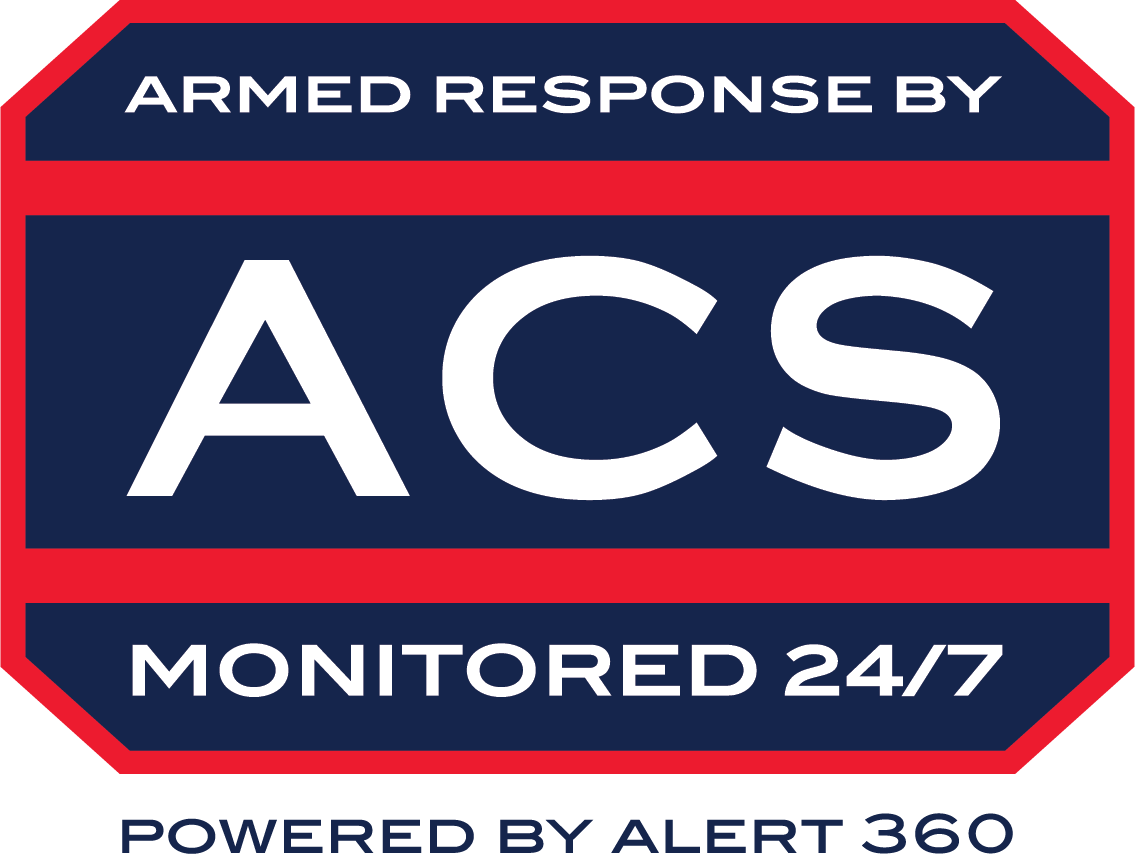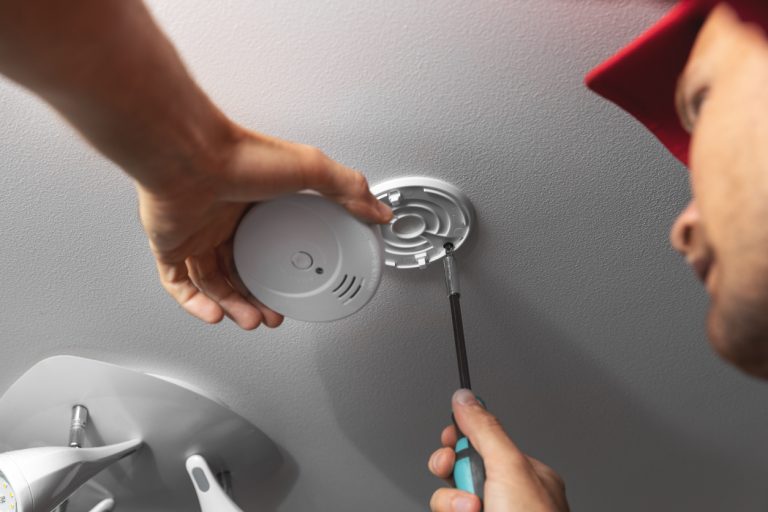
Just like smoke alarms, carbon monoxide detectors play an important role in keeping you safe at home. Since carbon monoxide (also known as CO) is odorless and colorless, a detector is the only way to alert you in the case of a poisonous gas leak. Check out our guide below to learn where you should put your carbon monoxide detectors, how to install them, and more.
WHERE SHOULD CARBON MONOXIDE DETECTORS BE PLACED?
The placement of your carbon monoxide detector is just as important as the decision to install one. If your detector isn’t installed in the right location, it may not be able to detect gas in another part of the house.
So where should carbon monoxide detectors be placed?
- Every level of your home: If you live in a 2-story home or have a basement or attic, it’s important to have detectors on every level of your home. You might also consider adding a detector to the garage for added safety.
- Outside of bedrooms: Make sure you install the detectors as close to the bedroom area as possible. If you have bedrooms on opposite sides of the house, you’ll need two detectors on the same floor. Since CO is impossible to detect while sleeping, this is an essential part of home safety.
- Near CO sources: Detectors should also be placed about 5-20 feet away from CO sources, such as the furnace or water heater. Don’t install the detector any closer than 5 feet away, or you could get a false alarm.
- As mandated by local law: There may be other areas of your home that require a carbon monoxide detector, depending on the laws of your area. Check with your local officials to make sure you’re in compliance with carbon monoxide detector location laws.
HOW DO YOU INSTALL A CARBON MONOXIDE DETECTOR?
Now that you know where to place a carbon monoxide detector in the home, you may be wondering how to properly install it. This process depends on the type of detector you’ve purchased. Here are some guidelines for each type of detector:
- Plug-in detectors: Plug-in detectors are one of the easiest types to install. Simply put in the back-up battery, find a nearby outlet and plug the detector into the wall. Keep in mind: These detectors are convenient, but there are limitations on where they can be placed, and they’re not always the best option if you have toddlers or pets at home.
- Hard-wired detectors: Some homes come hard-wired for carbon monoxide detectors, similar to the way that smoke detectors are built into the ceilings of some houses. These detectors need to be installed by a professional, but once the job is done, you need only replace the back-up battery as needed.
- Battery-operated detectors: If you don’t want to worry about finding an outlet or investing in professional installation, battery-operated detectors are a convenient choice. Once you’ve installed the batteries, pull back the sticky tape and secure the detector to the wall in your desired location. While these detectors are effective at sounding an alarm when CO levels become risky, they are not connected to emergency response team deployment.
- Monitored detectors: Choosing a monitored CO detector can give you added protection and peace of mind because you’re not just relying on a sound system to alert you to carbon monoxide. Monitored systems ensure first responders get to your home, even if an alarm goes off while you’re out, or if anyone in the house is unable to respond or incapacitated. This equates to faster response times and saved lives.
HOW DO YOU TEST YOUR CARBON MONOXIDE DETECTOR?
Experts recommend checking your detector every month to make sure it is working properly. To test the detector, simply press the tester button firmly one time and wait to hear two beeps. Once you hear the beeps, you can release your finger, press down again, and wait to hear four beeps. If you have interconnected detectors, have another family member stand by the additional detectors to make sure they’re also beeping when you run the test. For monitored detectors contact your security provider and request for your system to be put in “Test Mode” before sounding the alarm, then confirm that a signal was received.
This is also a good time to dust off the detector so dust and dirt don’t interfere with the device’s ability to detect CO.
CONTACT ACS SECURITY
Ready to take more steps to secure your home? Contact ACS Security and learn how our home security and automation systems can give you and your family added peace of mind. We offer the most innovative technology to make your home a safer place to be. Get in touch to learn more today.

